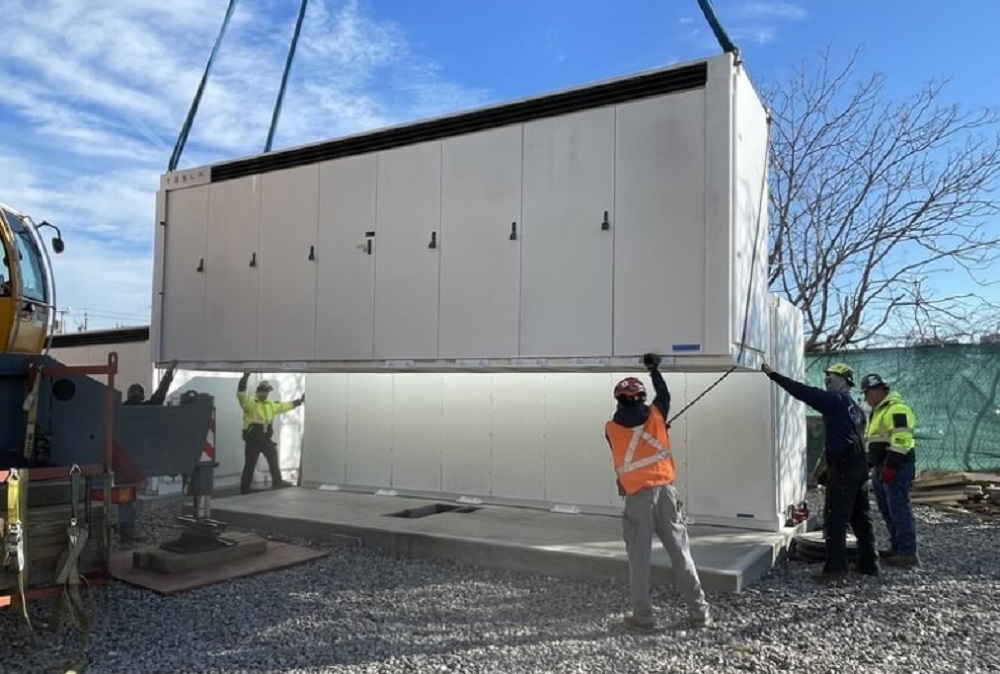NineDot Energy, a developer of distributed community-scale battery energy storage in the New York City metropolitan area, announced it has secured a $225 million investment, led by Manulife Investment Management and Carlyle.
Adding to previous investment commitments from CIT, SMBC, and NY Green Bank, a division of the New York State Energy Research and Development Authority (NYSERDA), among others, NineDot has now secured a capital base of approximately $400 million.
“From our first meeting it was clear that Manulife IM understood the importance of battery storage in modernizing the urban electric grid, making it cleaner, more resilient, more equitable, and less costly,” said David Arfin, chief executive officer and co-founder, NineDot Energy.
New York Governor Hochul has placed a nation-leading roadmap for energy storage, calling for 6 GW of storage capacity by 2030, on the path to 100% zero-emission electricity for the state by 2040.
Battery storage is an important aspect of electricity decarbonization. Not only does it enable more intermittent renewable capacity to operate on the grid, it is also an alternative to natural gas peaker plants. Peaker plants are reserve capacities of natural gas that are only fired up during times of peak electricity demand, a highly carbon-inefficient process.
“We have been believers in community-scale battery storage for a long time and are pleased to form a long-term equity partnership with NineDot Energy. We view NineDot as the leading BESS developer in a complex but attractive market,” said Recep Kendircioglu, global head of infrastructure, Manulife Investment Management.
NineDot is making progress towards its internal goal of deploying 400 MW of battery storage capacity by the end of 2026. The company’s initial battery storage site, located in the Pelham Gardens neighborhood in the Northeast Bronx, became operational last summer.
The company has about 30 projects under construction across the New York metro area, with many more in development. NineDot said a typical 5 MW battery project is designed to power 5,000 New York City households for four hours on a peak summer day. Using the NYC Department of Buildings (DOB) emissions methodology, each 5 MW peaker battery site would offset 420 tons of carbon emissions equivalent in 2022 grid conditions.
As part of the transaction, Christopher McKenzie, a managing director from Manulife’s infrastructure business, will join NineDot’s board of directors.
This content is protected by copyright and may not be reused. If you want to cooperate with us and would like to reuse some of our content, please contact: editors@pv-magazine.com.









By submitting this form you agree to pv magazine using your data for the purposes of publishing your comment.
Your personal data will only be disclosed or otherwise transmitted to third parties for the purposes of spam filtering or if this is necessary for technical maintenance of the website. Any other transfer to third parties will not take place unless this is justified on the basis of applicable data protection regulations or if pv magazine is legally obliged to do so.
You may revoke this consent at any time with effect for the future, in which case your personal data will be deleted immediately. Otherwise, your data will be deleted if pv magazine has processed your request or the purpose of data storage is fulfilled.
Further information on data privacy can be found in our Data Protection Policy.